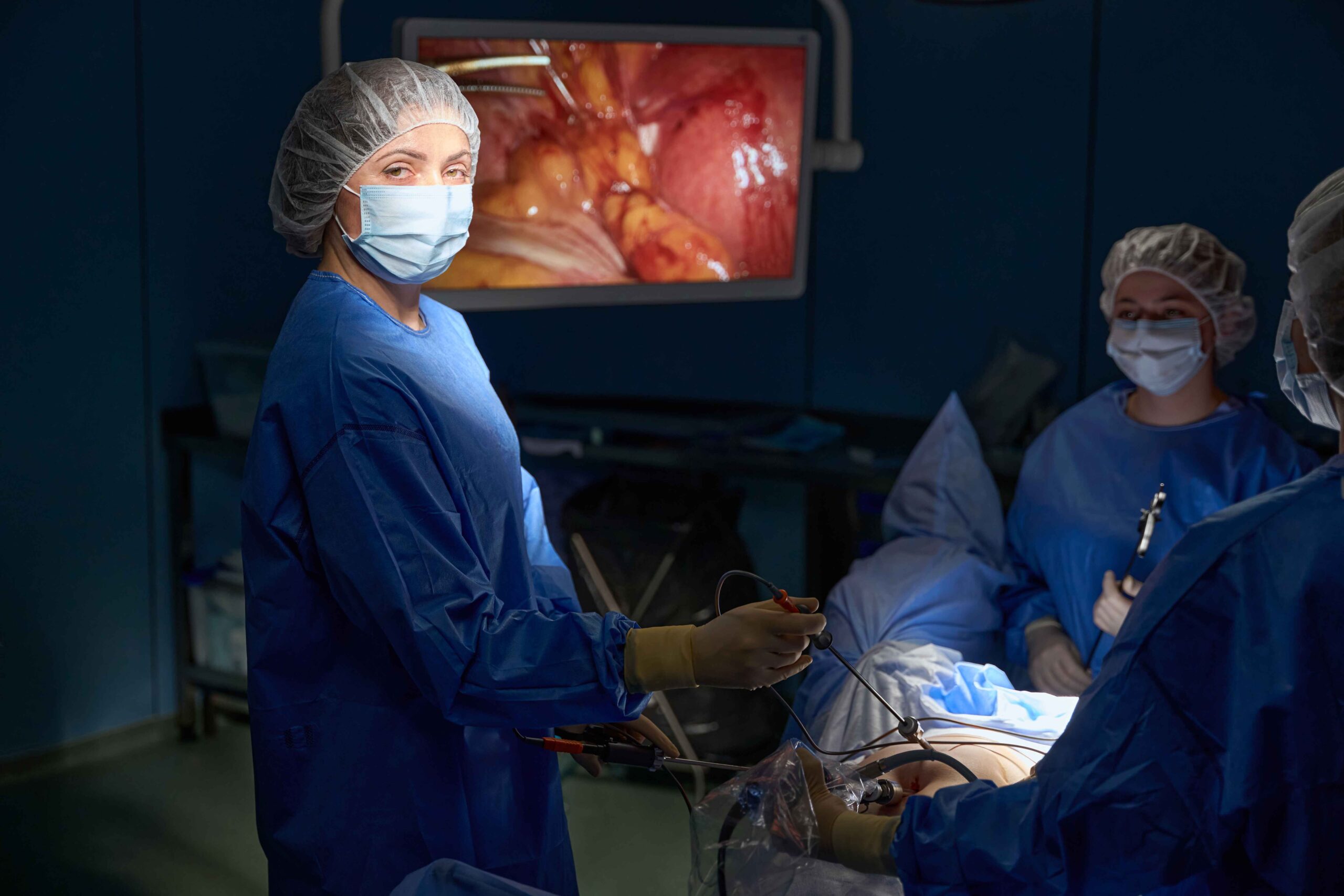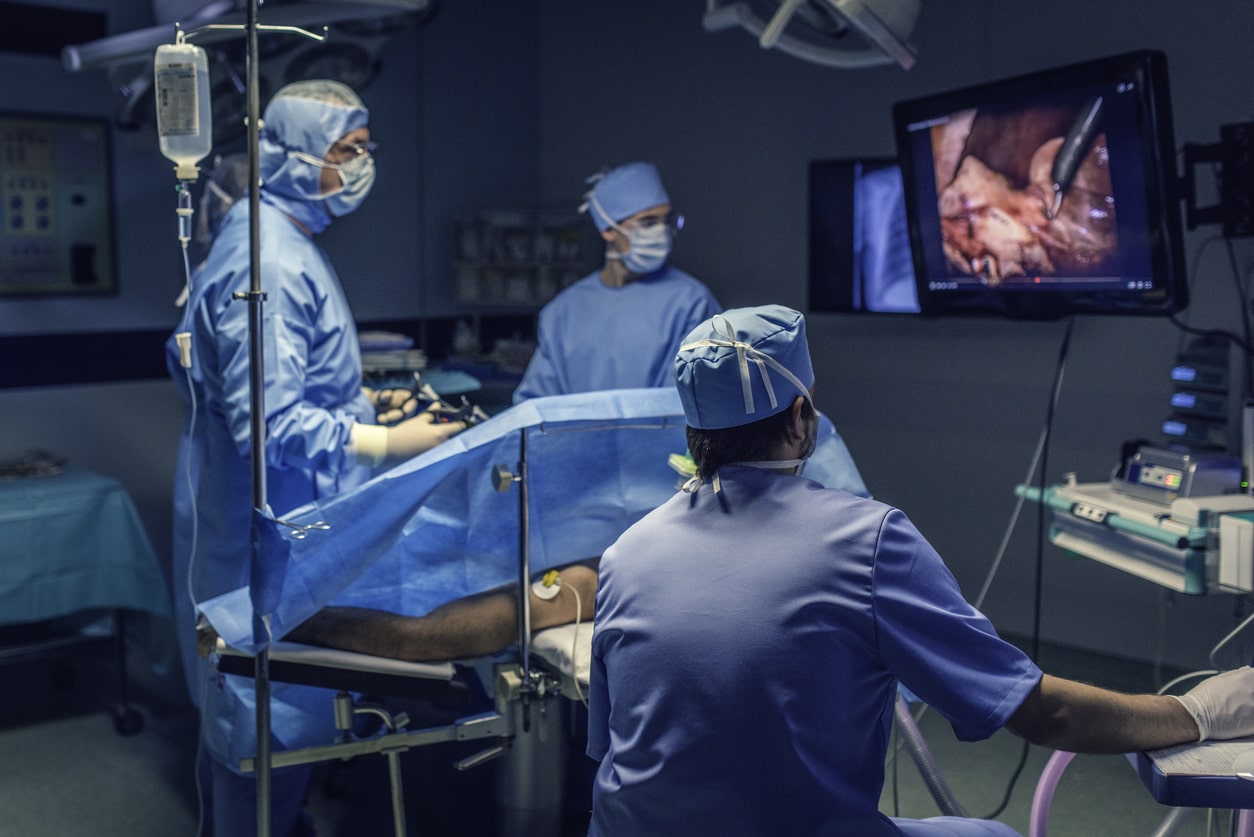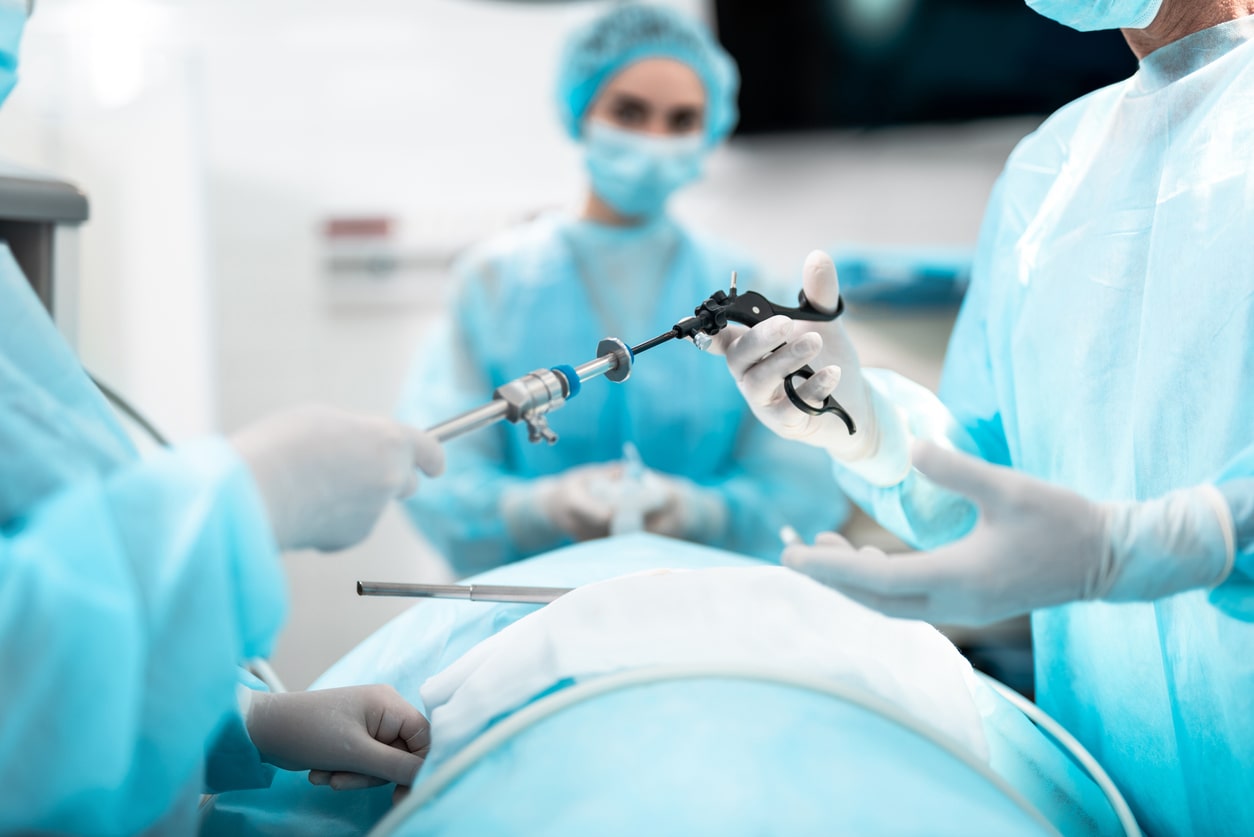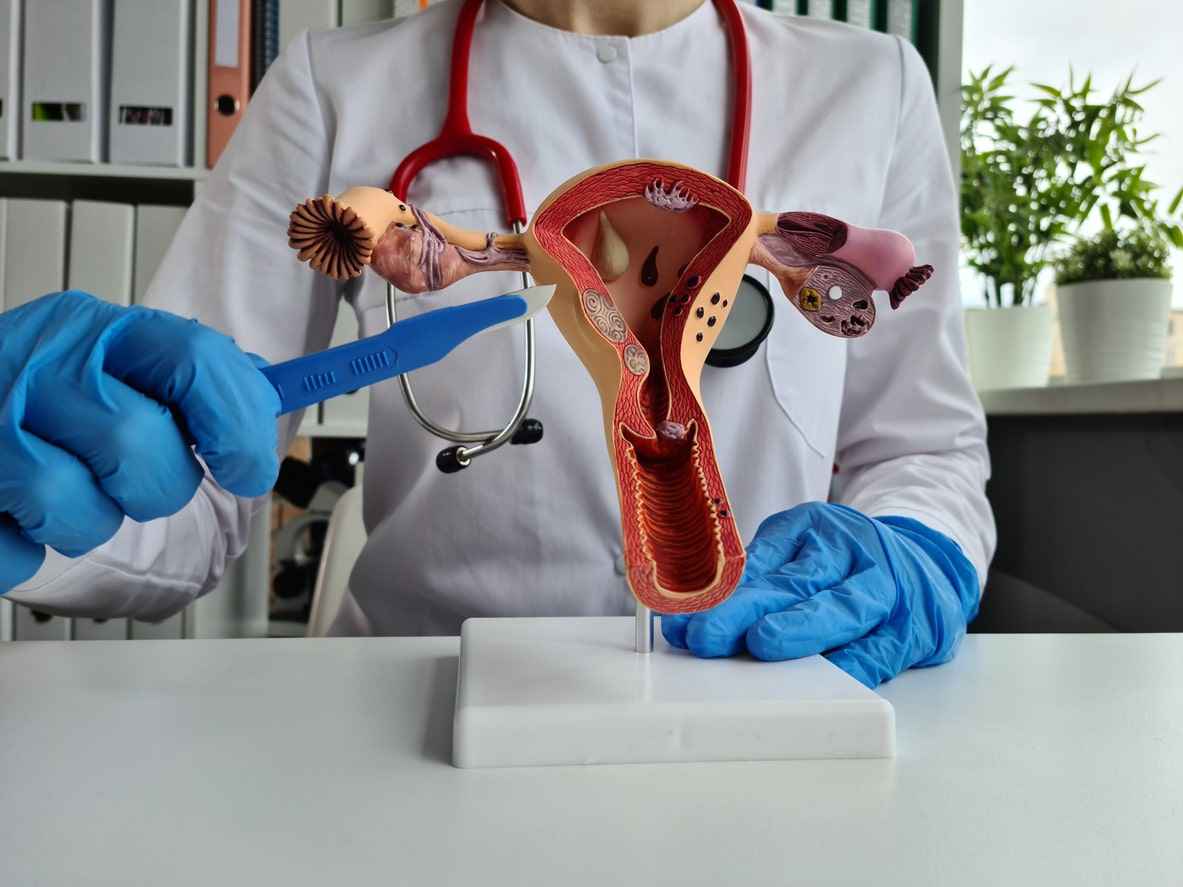
Pablo Picasso’s Advice For Video Vetting Of Endometriosis Surgeons
No one can argue that a surgeon’s skills significantly impact a patient’s surgical outcome. However, the challenge has always been finding a method to assess
Endometriosis surgery is a key treatment option for individuals struggling with moderate to severe endometriosis symptoms, especially when other methods such as hormonal therapy and pain management fail to provide relief. Endometriosis is a chronic condition where tissue similar to the lining of the uterus (endometrium) grows outside the uterus, often on the ovaries, fallopian tubes, pelvic lining, bowel, and bladder. This ectopic tissue leads to inflammation, scarring, and severe pelvic pain, often accompanied by infertility, digestive problems, and fatigue.
Surgical intervention for endometriosis is typically recommended when symptoms are debilitating, when there is suspicion of deep infiltrating endometriosis (DIE), or when endometriomas (ovarian cysts caused by endometriosis) are present. Surgery can also be crucial for patients trying to conceive, as endometriosis can interfere with reproductive function.
There are two main types of endometriosis surgery: laparoscopic excision surgery and ablation surgery. Laparoscopic excision is considered the gold standard and involves using a minimally invasive camera (laparoscope) to locate and precisely cut out all visible endometriosis lesions from affected organs and tissues. This method is preferred for its high success rate in symptom relief, lower recurrence risk, and its ability to preserve organ function.
In contrast, ablation or fulguration uses heat, laser, or electrical energy to burn or destroy endometriosis tissue. While less technically demanding, ablation may not treat deeper lesions and is often associated with higher recurrence rates. For optimal results, excision surgery should be performed by a highly skilled endometriosis specialist with experience in treating complex cases, including involvement of the bowel, bladder, diaphragm, and nerves.
Preoperative imaging, such as transvaginal ultrasound or pelvic MRI, can help map the extent of disease, but some endometriosis lesions may only be found during surgery. During laparoscopic surgery, the surgeon may take biopsies, assess organ involvement, and, if necessary, perform additional procedures such as bowel resection or ureterolysis to free up affected structures.
Recovery from endometriosis surgery varies depending on the extent of the disease and the type of procedure performed. Most laparoscopic surgeries allow patients to return to daily activities within 1–2 weeks, although full recovery may take several weeks. Post-surgical care often includes pain management, pelvic floor physical therapy, and sometimes hormonal therapy to reduce the risk of symptom and disease recurrence.
While surgery is not a cure for endometriosis, it can provide significant and long-lasting relief from pain and other symptoms, especially when performed by an experienced specialist. In some cases, repeat surgeries may be necessary if symptoms return or new lesions develop.
Endometriosis surgery plays a vital role in managing this often-debilitating condition. For individuals seeking long-term relief, improved fertility, or better quality of life, consulting with an excision-trained endometriosis surgeon is essential. With the right surgical approach and ongoing care, many patients can experience significant improvement in their symptoms and overall well-being.

No one can argue that a surgeon’s skills significantly impact a patient’s surgical outcome. However, the challenge has always been finding a method to assess

In an era where medical advancements continually push boundaries, laparoscopic procedures have emerged as a game-changer, offering patients a minimally invasive approach to various surgical

The journey towards relief from endometriosis often involves surgical intervention, but the road to recovery can be a winding one. While endometriosis surgery offers hope

Endometriosis surgery, typically excision of endo implants and related fibrosis, using minimally invasive laparoscopy or robotic surgery, significantly impacts women’s health and recovery journey. Here’s

The gold standard for diagnosis of endometriosis, a chronic, debilitating condition impacting millions of women (XX), is minimally invasive surgery with histological confirmation. Due to

Endometriosis is a pain and infertility producing condition which predominantly affects premenopausal women. Estimates suggest that up to 10% of women worldwide suffer from the

Endometriosis, a condition commonly affecting women of reproductive age, doesn’t just vanish in menopause. In fact, an estimated 2-4% of postmenopausal women suffer from symptomatic

Endometriosis is a condition that affects millions of people worldwide. As a result, many patients opt for endometriosis surgery to manage the symptoms and reduce

Endometriosis is a gynecological condition that affects approximately 10% of women between 15-55. It can cause chronic pain, infertility, and other issues. It happens when

Endometriosis is a condition in which tissue similar to the uterine lining grows outside the uterus. Endometriosis can cause pain, heavy bleeding, and infertility. Women

Endometriosis is a common condition that mainly affects women of reproductive age. It occurs when tissue similar to the uterine lining grows outside the uterus,

Endometriosis is a condition that affects millions of women around the world. Endometriosis occurs when tissue similar to the tissue found in the uterus grows